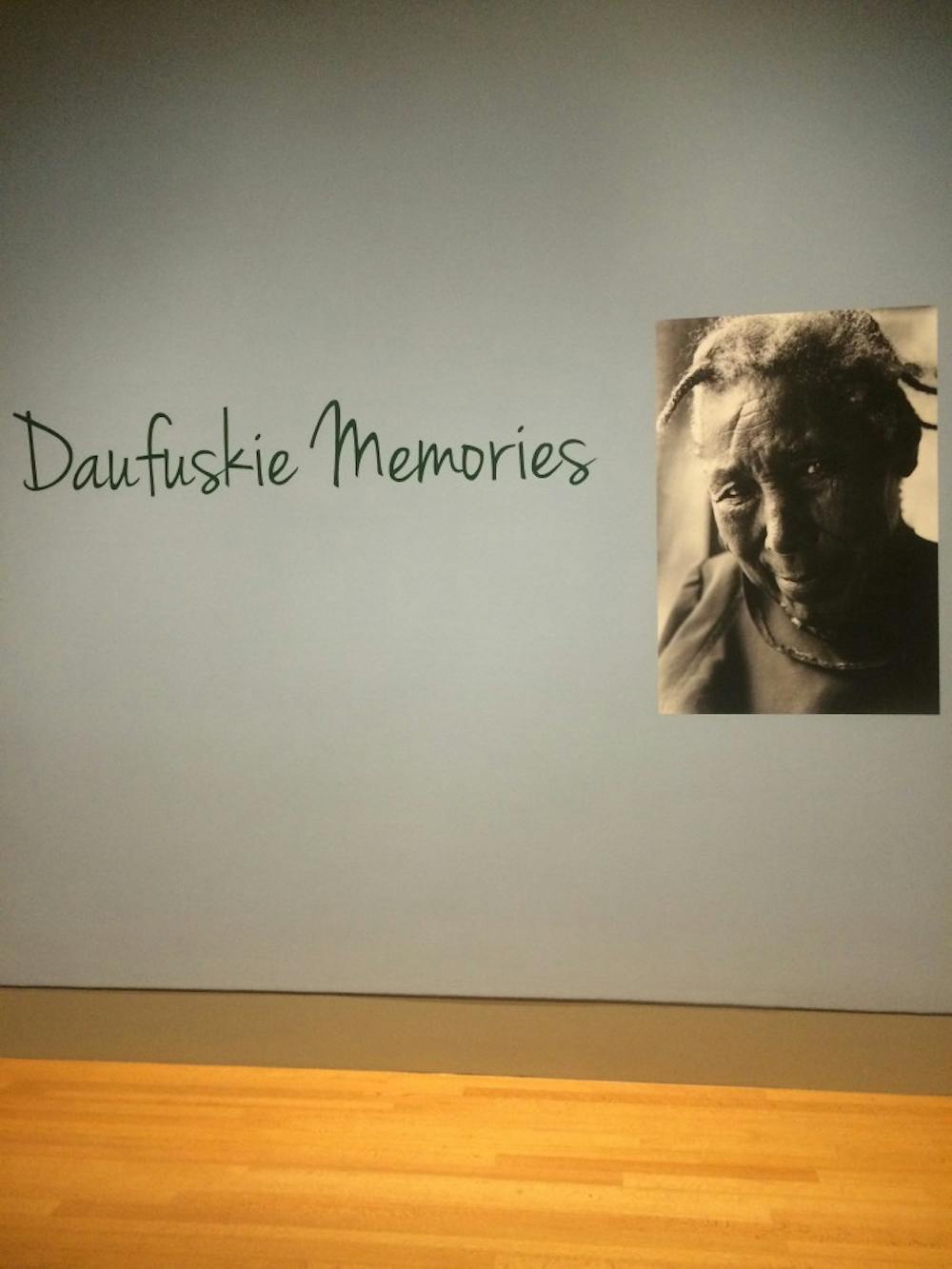The "Daufuskie Memories" exhibit at the Columbia Museum of Art displays a forgotten island, its people and its way of life on South Carolina’s coast.
Photographs taken between the years of 1977 and 1982 on the small island of Daufuskie between Savannah, Georgia, and Hilton Head depict a remarkably preserved way of life, unaware of the rapidly progressing world around it. This exhibition marks the first time the collection has been on display in its entirety since its debut in 1982.
Jeanne Moutoussamy-Ashe, the photographer of the exhibit, decided to take pictures of the environment and its inhabitants after completing an independent study in West Africa.
Slaves were brought to Daufuskie from West Africa in the 16th century and, once they received freedom after the Civil War, chose to stay and live on the island. They had no electricity until 1953, and the telephone came in the early 1970s. Due to the cultural preservation enhanced by the lack of technology and modernization, the island seemed like the perfect location for Moutoussamy-Ashe to photograph the Gullah tradition and heritage.
The only way to the island was by way of a boat named the Waving Girl. Moutoussamy-Ashe captured the journey of the Waving Girl — a rare trip for many of the island residents — in many of her photographs.
A major factor in the economy of the small island, fishing is depicted in the many of the photographs, and churchgoing also appears as an important facet of island life. Religion is depicted through starched-white images of quaint churches surrounded by lush island growth.
Pat Conroy, author of many books including "Lords of Discipline," spent a year on the island teaching to children. His novel "The Water is Wide" chronicles the unique experience of bringing the outside world to this tiny island. The exhibit has many firsthand documents of Conroy’s writings on display as well, enriching the photographs taken by Moutoussamy-Ashe by providing another individual’s account of the island.
The exhibit is a haunting reminder of South Carolina’s past, a collection of snapshots chronicling the lives and traditions of a handful of forgotten citizens left behind in a rapidly progressing world.
Today, Daufuskie is mainly a resort town. These pictures capture the fairly recent state of the Gullah heritage that survived on the island for hundreds of years, one snapshot at a time.

